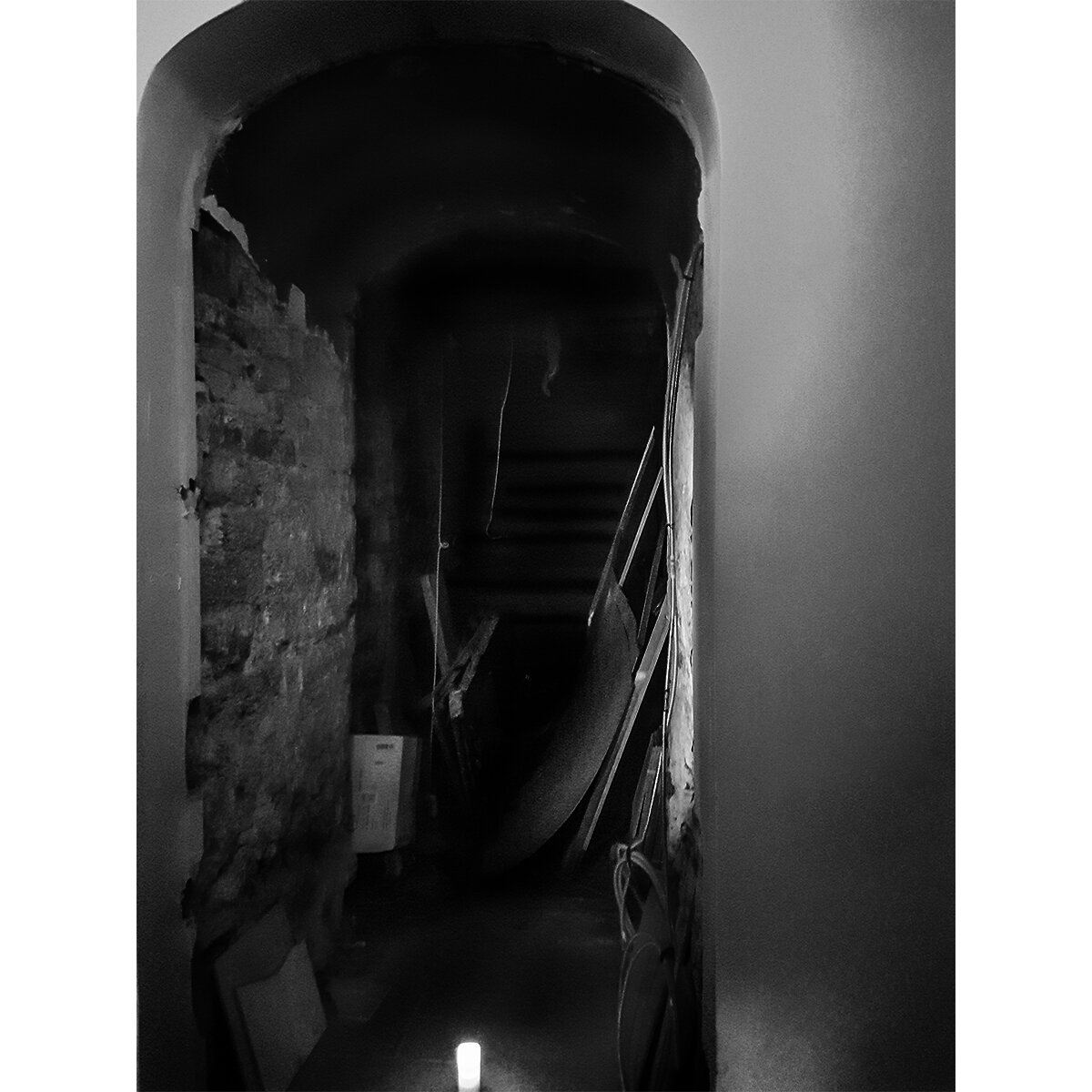The Sites of EXIT STRATEGY – St. Patrick’s Old Cathedral
/Photo credit: Jonathan Dawkins
Just north of present-day Little Italy, in the Manhattan neighbourhood of Nolita (North of Little Italy) stands a Gothic Revival church which opened in 1815—the Basilica of St. Patrick’s Old Cathedral. This is the site of the final scene of EXIT STRATEGY, a location that is familiar to Gemma Capello, and her family, and where she makes a final stand against a man who threatens not only her own life, but the lives of everyone around them.
Designed in 1809 by Joseph-François Mangin, who also designed New York City Hall, it was the largest building in the city. Construction started in 1809 on a plot of land surrounded by farm land well north of the city and was completed in 1815. However, as the city grew, it enveloped this area of what is now Lower Manhattan. Within sixty years, the church was a cornerstone of Little Italy and the seat of the Roman Catholic Archdiocese of New York until the more modern St. Patrick’s Cathedral was built in Midtown Manhattan in 1879.
The church is surrounded by a 10-foot-high brick wall, originally built to contain the church cemetery. It was used in 1836 as defense against attacks by Protestants who were concerned the church could be used as a stronghold from which the Pope could convert the largely Protestant Manhattan to Catholicism. Prior to Italian immigration, St. Patrick’s was largely a congregation of Irish immigrants. Those Irish congregants cut holes in the wall for musket barrels and posted armed men to protect the church and its property, even going so far as to patrol the streets outside the Basilica. This action finally discouraged the Protestants from their original plan to sack the church.
Inside the church, the sanctuary is marked by an arched Gothic ceiling supported by two lines of iron columns running parallel to framing stained-glass windows. At the front of the church on a raised dais, an intricate hand-carved reredos, an ornate wooden screen standing behind the alter, is leafed with gold and holds ten saints within its decorative niches. Rows of wooden pews fill the nave and, at the rear of the sanctuary, twin confessionals are set against facing walls next to statues of the Virgin and St. Francis with his lamb, both surrounded by candles. High in the balcony at the back of the church, the original 1868 pipe organ, which contains over 2,500 pipes, is still in use and is the last remaining large pipe organ designed by 19th century, world-renowned New York City organ builder, Henry Erben.
However, one of the most interesting aspects of the church lies underneath the nave—the church’s historic catacombs. Constructed following the church’s opening in 1815, the catacombs contain over fifty family crypts, each small door opening to stairs leading to a lower level large enough to hold up to twelve occupants. There are a number of well-known early-to-mid 19th century persons interred here: numerous members of the Delmonico restauranteur family; General Thomas Eckert, a Union Army officer who ran the War Department Telegraph Staff for most of the Civil War; Reverend John Connolly, the first bishop of New York; Thomas O’Connor, a prominent Irish journalist; and Congressman John Kelly, an advisor to President Abraham Lincoln. Recently refurbished, visitors to the cathedral can now tour the catacombs led by Tommy’s of New York.
Some fun facts about St. Patrick’s Old Cathedral: Martin Scorsese, who grew up in Little Italy and served as an altar boy at St. Patrick’s, used the cathedral cemetery for a scene in Mean Streets. The sanctuary and baptismal font were used by Francis Ford Coppola in the movie The Godfather. And, finally, each year money is raised to bring in a grounds crew for the cemetery—three sheep who spend their summer inside the outer walls maintaining the cemetery lawn, a little touch of what life around the church was like in its earliest days.














 87.5%
87.5%